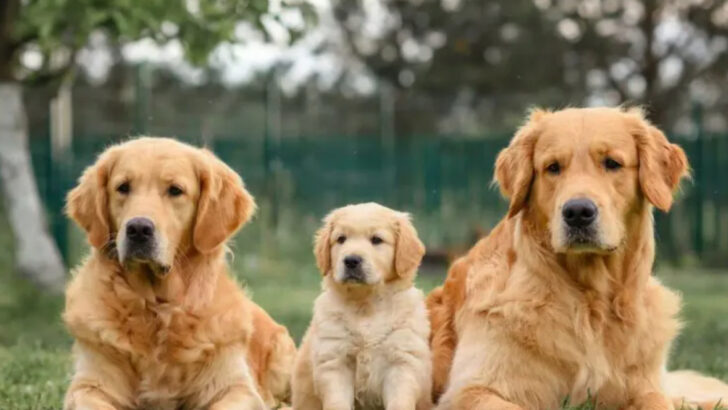The term “purebred” often invokes images of majestic animals with illustrious lineages. But what does it truly mean for an animal to be purebred?
This blog post delves into ten fascinating explanations behind the term, shedding light on the history, characteristics, and significance of purebred animals.
From the rigorous selection processes to their influence on culture, each explanation offers a unique glimpse into the world of purebred animals and the reasons they hold such a special place in our hearts and societies.
Selective Breeding Origins
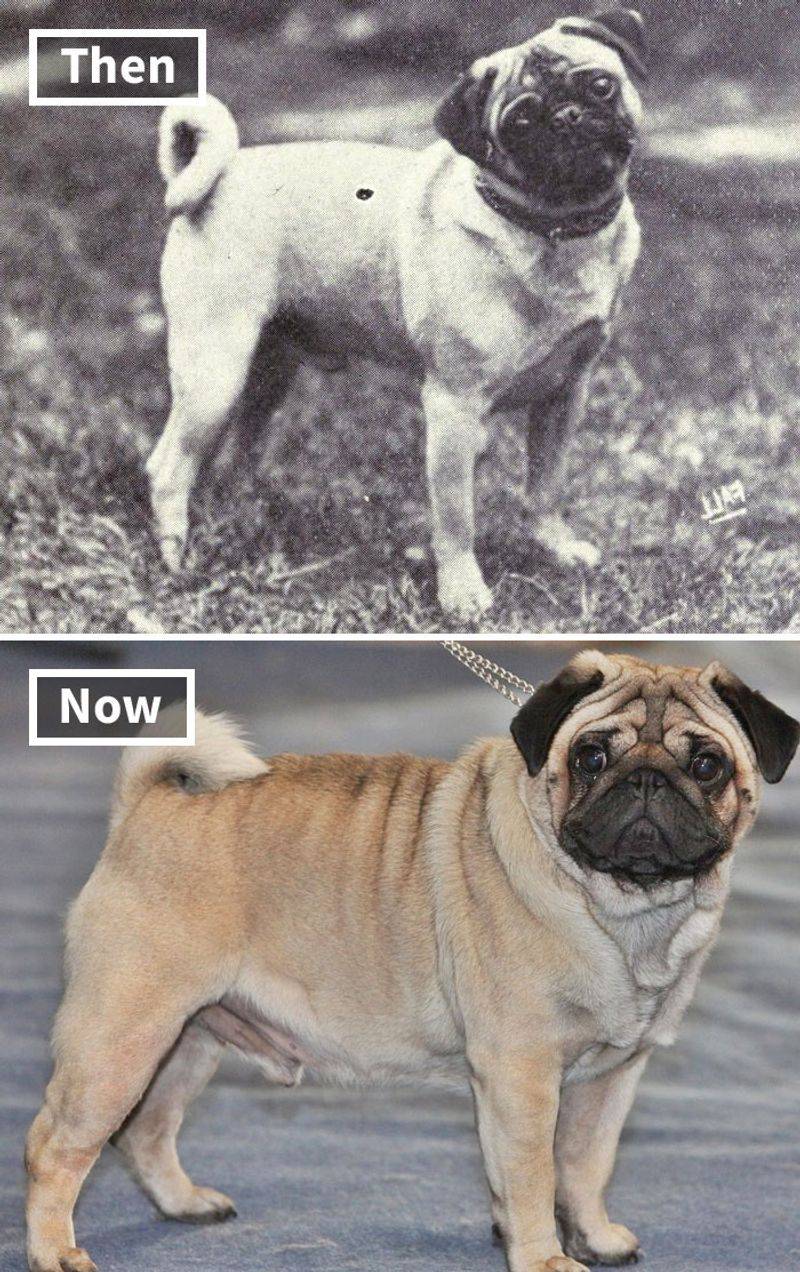
Enter the world of selective breeding, where human hands shape the course of nature. In the 18th century, farmers meticulously chose animals for specific traits, giving birth to the concept of purebred animals.
This process defined the agriculture of civilizations, enhancing productivity and consistency. From the fluffy Angora rabbit to the robust Hereford cattle, such breeds were perfected over generations.
Did you know that selective breeding can trace its roots back to ancient Mesopotamia? The intent was clear: to create animals that met human needs with precision. This practice continues to be a cornerstone in modern breeding programs today.
Pedigree Papers
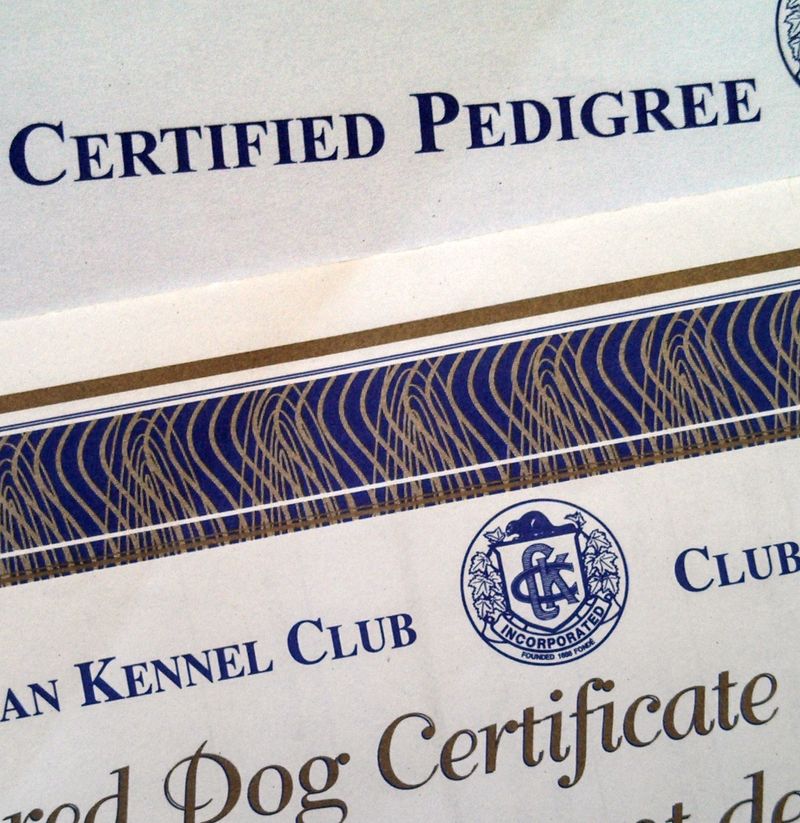
Pedigree papers are the golden ticket for purebred animals, often sought after by enthusiasts and breeders alike.
These documents provide a detailed lineage of the animal, tracing its ancestors and proving its purebred status. Possessing pedigree papers not only ensures authenticity but also offers a glimpse into the animal’s genetic potential and characteristics.
This tradition of documentation serves as both a verification of quality and a connection to the animal’s heritage. While some view these papers as mere bureaucracy, for many, they symbolize pride and a legacy of careful breeding.
Breed Standards
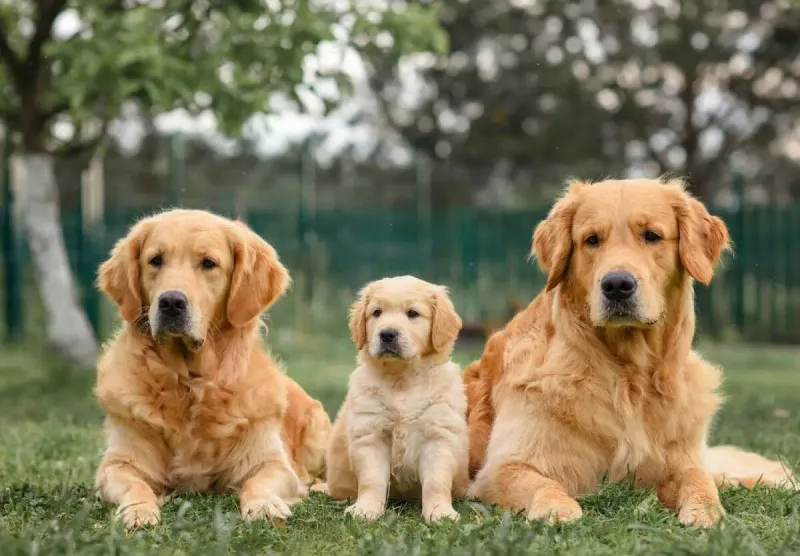
At the heart of purebred animals lies the concept of breed standards. These are the quintessential guidelines that describe the ideal characteristics of a breed.
From physical appearance to temperament, breed standards ensure conformity and quality across generations. Judges at dog shows meticulously compare animals against these benchmarks, celebrating those that exemplify perfection. Interestingly, these standards can evolve, reflecting changes in societal values or scientific understanding.
Whether it’s the elegant arch of a whippet’s back or the robust build of a bulldog, breed standards play a crucial role in maintaining the essence of purebreds.
Genetic Homogeneity
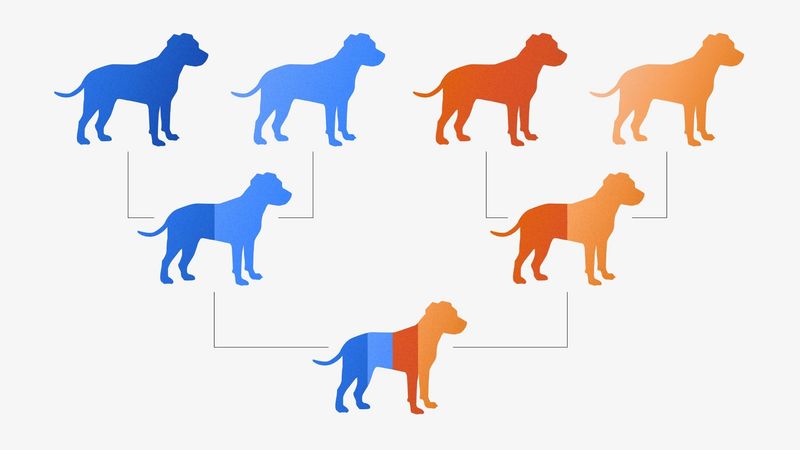
Genetic homogeneity is a defining trait of purebred animals. It refers to the genetic uniformity found within a breed, resulting from selective breeding practices.
This homogeneity can lead to predictability in traits, making purebreds highly valued for specific functions or companionship. However, it also raises concerns about health issues due to reduced genetic diversity. Breeders must balance the desire for uniformity with the need for genetic health, often leading to debates within breeding communities.
Despite the challenges, this aspect of purebreds underscores their unique place in both history and modern society.
Cultural Significance
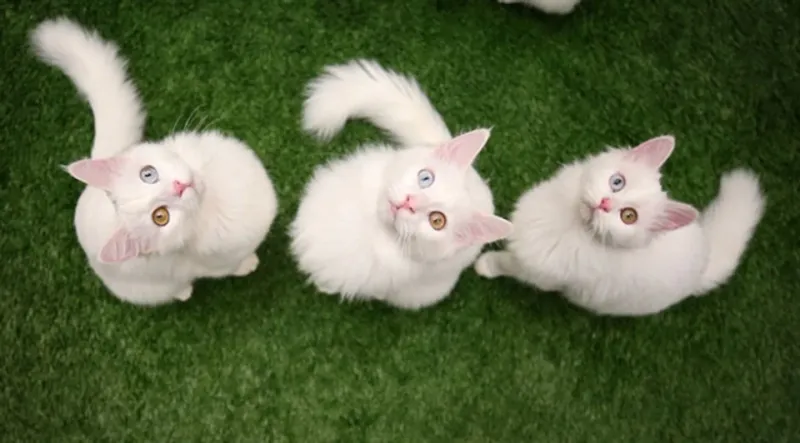
Purebred animals often carry cultural significance, embodying traditions and values of societies. Take the Akita from Japan, a breed symbolizing loyalty and protection, revered in Japanese culture for centuries.
Such breeds are not merely animals; they are living embodiments of history and cultural identity. In many cultures, purebreds are celebrated in art, literature, and even mythology.
They serve as proud representatives of national heritage, often becoming national symbols. This cultural connection amplifies the emotional bond between humans and purebreds, enriching the tapestry of human-animal relationships.
Economic Impact

The economic impact of purebred animals is profound, influencing markets and livelihoods worldwide. Breeding and selling purebreds is a lucrative enterprise, with animals fetching higher prices due to their pedigree and traits.
This economic activity supports related industries, from feed supply to veterinary care. Farmers and breeders rely on purebreds for consistent quality, enhancing agricultural efficiency. Moreover, purebred competitions and shows generate tourism and commerce, further boosting local economies.
The financial aspects of purebreds underscore their role as valuable assets, integral to both traditional and modern economies.
Health and Longevity
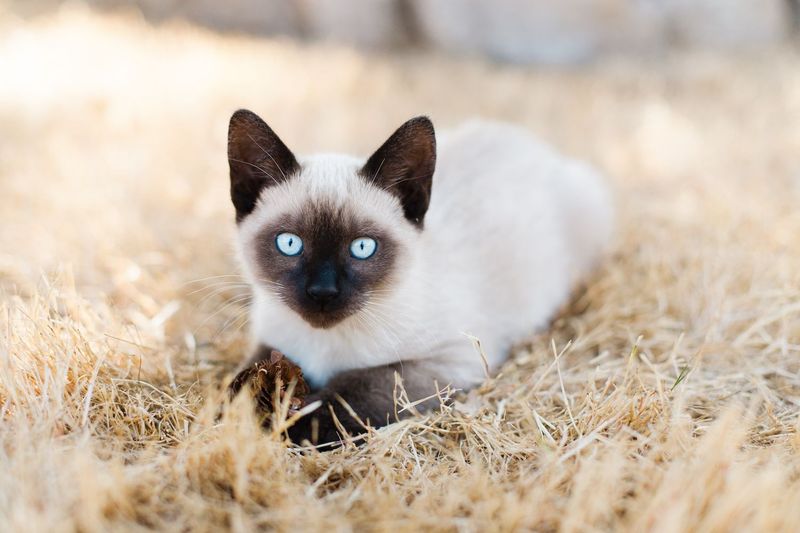
Health and longevity are vital considerations in the world of purebred animals. While purebreds often boast specific desirable traits, they can also face unique health challenges due to genetic homogeneity.
Breeders and veterinarians work tirelessly to enhance the health and lifespan of purebred animals, employing advanced medical techniques and genetic testing. This focus on well-being is crucial, as it ensures not only the animal’s quality of life but also the preservation of the breed’s legacy.
Understanding these health dynamics helps breeders make informed decisions, fostering healthier future generations.
Symbol of Status
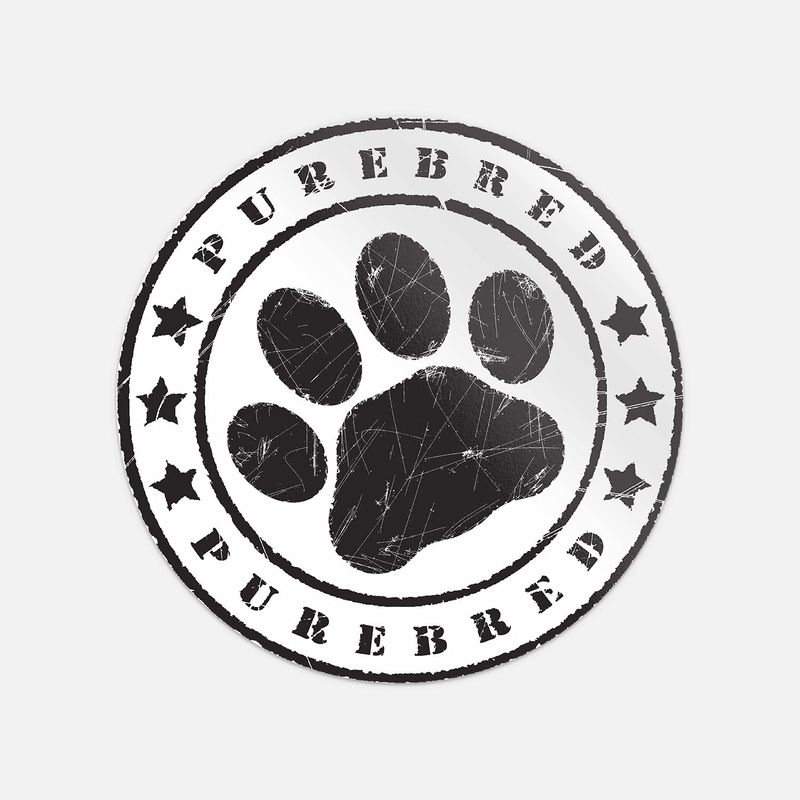
Owning a purebred animal has long been a symbol of status and prestige. Historically, nobility and royalty prized purebreds, associating them with wealth and refinement.
This tradition continues today, with certain breeds fetching premium prices and serving as status symbols. The allure of exclusivity and pedigree often fuels the desire for purebreds, making them coveted possessions in elite circles.
These animals represent more than companionship; they are emblems of luxury and distinction. Whether in the past or present, purebreds remain intertwined with societal perceptions of wealth and sophistication.
Preservation of Heritage
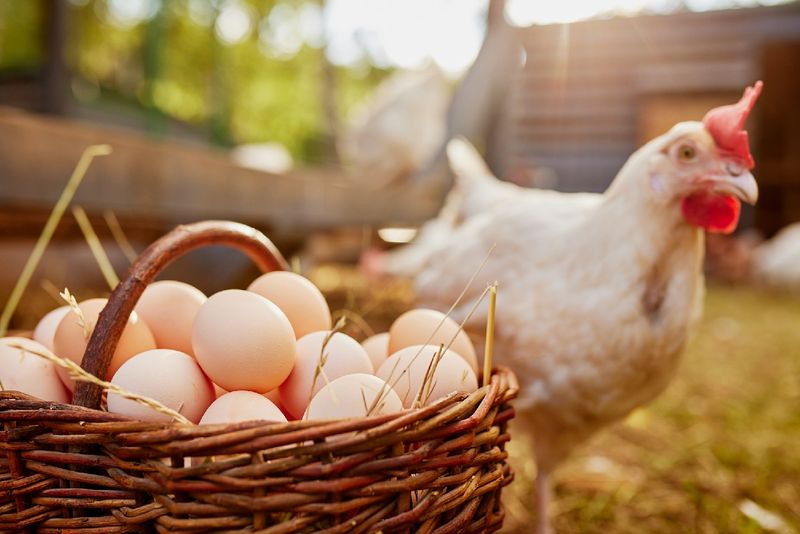
Preserving the heritage of purebred animals is a passion for many breeders and enthusiasts. This endeavor involves safeguarding the unique traits and characteristics that define a breed, ensuring its survival for future generations.
Heritage breeds, often considered living links to the past, require dedicated care and attention. This preservation not only benefits the breeds themselves but also maintains biodiversity within agriculture.
By valuing heritage breeds, we honor the agricultural practices of our ancestors and the diversity they cultivated. This commitment to preservation enriches our connection to history and nature.
Modern Scientific Advances
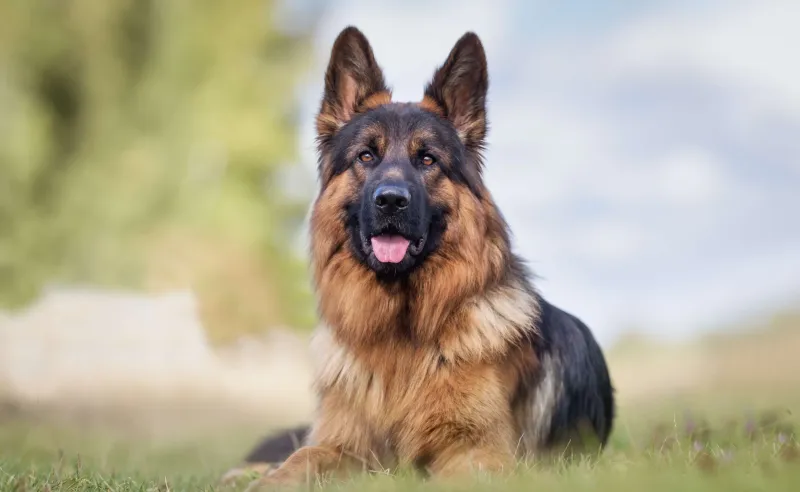
Modern scientific advances have transformed the landscape of purebred breeding. Genetic research and biotechnology offer tools to enhance breeding practices, ensuring healthier and more robust animals.
Techniques like DNA sequencing allow breeders to understand and manage genetic diversity, reducing the risk of hereditary diseases. These scientific innovations contribute to the responsible stewardship of purebreds, balancing tradition with progress.
The marriage of science and breeding highlights a future where purebreds can thrive with enhanced well-being. Embracing technology in breeding practices ensures that purebreds continue to be cherished companions and valuable assets.

